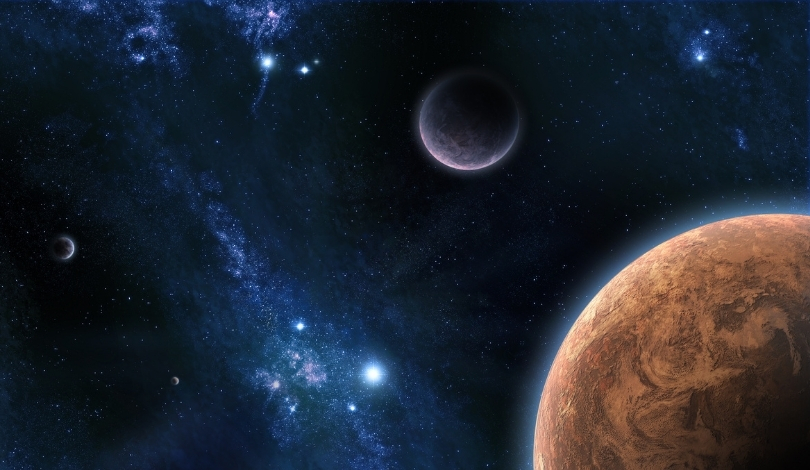Neutron stars, remnants of massive stars that exploded as supernovae, hold fascinating mysteries. When two of these dense objects collide, they might produce quark matter, a potential state of matter comprising free quarks and gluons. Researchers are intrigued by the extreme conditions during these mergers, aiming to understand how such environments affect the movement and interaction of particles. Theoretical tools often fall short in describing these events, highlighting the complexity of studying neutron star collisions.
Earlier studies have indicated that neutron star mergers result in significant changes in matter states due to immense pressure and heat. Recent investigations focus on understanding the viscosity of the quark matter formed during these collisions. Various theoretical approaches, including holography and perturbation theory, have been employed to determine the bulk viscosity of this matter. These methods help to elucidate how particle interactions resist motion and how quark-gluon density fluctuates during mergers.
Unique Neutron Star Collisions
Neutron stars, with their high magnetic fields and extreme densities, are among the most peculiar entities in the universe. When they merge, their contents intermingle and create conditions that can potentially liberate quarks and gluons from protons and neutrons. Researchers aim to measure the “stickiness” of the resulting quark soup to understand the particle flow during these dramatic events. Professor Aleksi Vuorinen from the University of Helsinki emphasizes the challenges faced by theorists in describing these extreme systems.
Advancing Theories with Quantum Physics
The concept of bulk viscosity, which indicates energy loss during radial oscillations in the merging stars, is central to this research. By applying holographic principles and quantum field perturbation theories, scientists can characterize how strongly particle interactions resist flow. Insights from these studies might assist in interpreting future gravitational-wave data and reveal the creation of quark matter in neutron-star mergers. University Lecturer Niko Jokela suggests that these results could have significant implications for future observations.
Despite never physically entering a neutron star, scientists use advanced physics and quantum theory to explore their interiors. Neutron stars, essentially dense balls of neutrons, possess extremely strong magnetic fields and immense density. These stars provide valuable insights into various scientific domains, including superconductivity and quantum chromodynamics. Understanding neutron star collisions also sheds light on their growth after supernova formations, offering a window into the universe’s most extreme environments.










